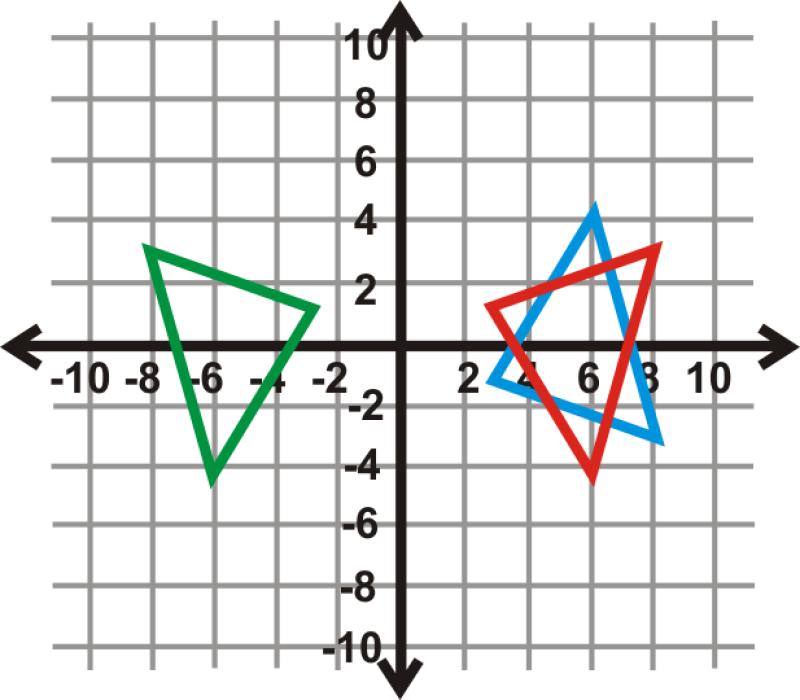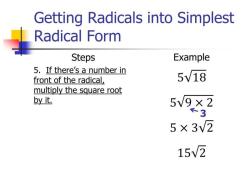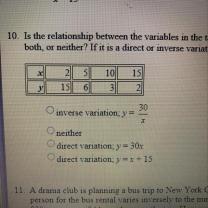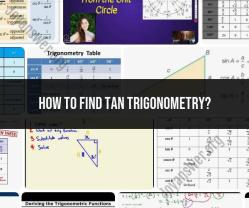What is composition of transformations?
The composition of transformations refers to the process of applying multiple geometric transformations to a figure in sequence. When you compose transformations, you perform one transformation and then follow it with another. This sequence of transformations results in a new figure that may have undergone a combination of translations, rotations, reflections, dilations, or other transformations.
For example, if you have a figure A and you first translate it, then rotate it, and finally reflect it, you have composed a sequence of transformations.
Notation:
Let's denote three transformations as T, R, and F, representing Translation, Rotation, and Reflection, respectively. The composition of these transformations, applied in the order T, R, F to a figure A, would be represented as .
Example:
Let's say you have a triangle ABC and you want to perform the following sequence of transformations:
- Translation (T): Move the triangle to a new location.
- Rotation (R): Rotate the translated triangle.
- Reflection (F): Reflect the rotated and translated triangle.
The composition of these transformations would be expressed as .
Order of Composition:
The order in which you compose transformations matters. The result can be different if you change the order of the transformations. This is because transformations do not always commute, meaning the result may depend on the sequence in which they are applied.
For example, rotating a shape and then translating it may produce a different result than translating it first and then rotating. The order of operations is critical in the composition of transformations.
Mathematical Representation:
In mathematical terms, if you have transformations represented by matrices, you can multiply the matrices to obtain the composition. If represents the matrix of one transformation and represents the matrix of another, then gives the matrix of the composition of these transformations.
Understanding the composition of transformations is essential in various areas, including computer graphics, computer-aided design, and robotics, where precise control over the position and orientation of objects is crucial.
What does the term "composition of transformations" refer to in mathematics?
In mathematics, a composition of transformations is a process of applying multiple transformations sequentially to a shape or object. It involves combining two or more transformations to achieve a specific outcome. The order in which the transformations are applied can significantly impact the final result.
How are multiple transformations combined in a composition of transformations?
Multiple transformations are combined in a composition of transformations by applying them one after the other. The order in which the transformations are applied is crucial. For instance, rotating a shape and then reflecting it across an axis will produce a different result than reflecting the shape first and then rotating it.
Are there specific rules or principles governing the composition of transformations?
Yes, there are specific rules or principles governing the composition of transformations. These rules ensure that the transformations are applied consistently and produce predictable outcomes. One important principle is that the composition of two transformations is associative. This means that the order in which the transformations are grouped does not affect the final result. However, the order of individual transformations within a group still matters.
How is the order of transformations crucial in the composition of transformations?
The order of transformations is crucial in the composition of transformations because it determines the final position and orientation of the shape or object. Applying transformations in a different order can lead to different outcomes. For example, rotating a shape 90 degrees clockwise and then translating it 2 units to the right will produce a different result than translating the shape 2 units to the right and then rotating it 90 degrees clockwise.
Can real-world examples illustrate the concept of composition of transformations?
Real-world examples can effectively illustrate the concept of composition of transformations. Consider the following scenarios:
Navigating a city: Moving from your apartment to a friend's house involves multiple transformations. You might first walk a certain distance (translation), then turn left at an intersection (rotation), and finally climb a flight of stairs (translation). The order of these transformations is important, as taking a different route would lead to a different location.
Assembling a piece of furniture: Building a bookshelf involves assembling various components according to specific instructions. Each step represents a transformation, such as attaching one piece to another or rotating a piece into the correct position. The order of these transformations is crucial for the proper assembly of the bookshelf.
Animating a character in a video game: Animating a character's movement often involves applying multiple transformations. For instance, to make a character walk, you might rotate the legs forward, translate the body forward, and then rotate the legs back to the starting position. The order of these transformations creates the illusion of walking.












